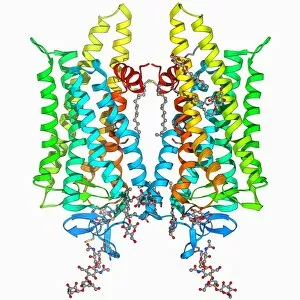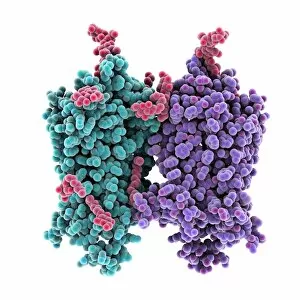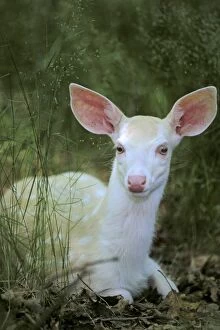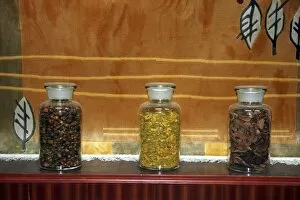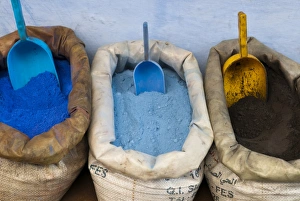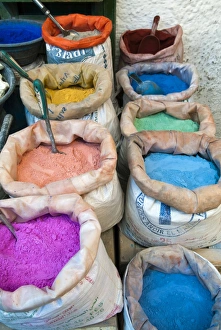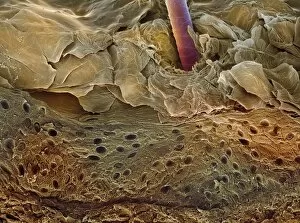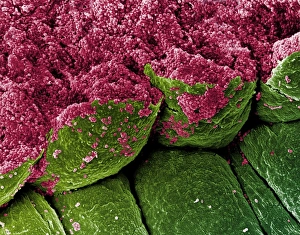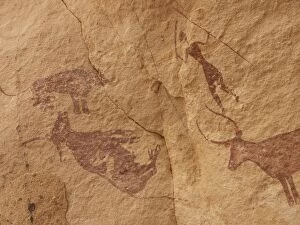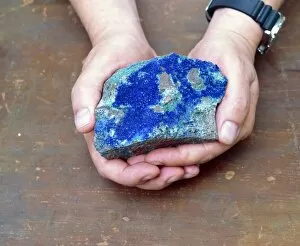Pigment Collection (page 19)
"Pigment: A Kaleidoscope of Colors Unveiled" Daylight Raid from my Studio Window, July - As the sun's rays infiltrate through the window
All Professionally Made to Order for Quick Shipping
"Pigment: A Kaleidoscope of Colors Unveiled" Daylight Raid from my Studio Window, July - As the sun's rays infiltrate through the window, they reveal a vibrant palette of pigments waiting to be transformed into art. Leopard (Panthera pardus) black panther melanistic phase, adult, resting on log, captive - The mesmerizing beauty of a black panther's coat showcases nature's mastery in creating unique pigmentation patterns. Autumn Grasses Moonlight - In the ethereal glow of moonlight, autumn grasses come alive with an enchanting display of pigments that dance harmoniously under the night sky. Cat sleeping under a bench in front of a house in Roussillon, Vaucluse - Amidst the rustic charm of Roussillon, a slumbering feline blends seamlessly with its surroundings as if painted by invisible strokes of pigment. Abstract color paint splash - Bursting forth like an explosion of creativity and imagination, this abstract artwork embodies the boundless possibilities that pigments hold within their vivid hues. Photograph by B Ward-Thompson: When Frost, the Sacred Painter Spreads His Silver Pigment: The pathway to the church on a December morning. Date: 1910 - Capturing winter's delicate touch upon nature's canvas, frost delicately paints silver accents onto every surface it touches – truly showcasing itself as nature’s own masterful painter using its shimmering pigment. Hematite, Buxton England - Deep within Buxton lies hematite; an earthly treasure adorned with rich red hues that tell tales spanning centuries and whisper secrets only known to those who dare explore its depths. Young South African Boy suffering from Vitiligo - Despite facing adversity due to vitiligo—a condition altering his skin’s natural pigment—this resilient young boy radiates strength and resilience while embracing his unique beauty and individuality. Acrylic colors and ink in water.



